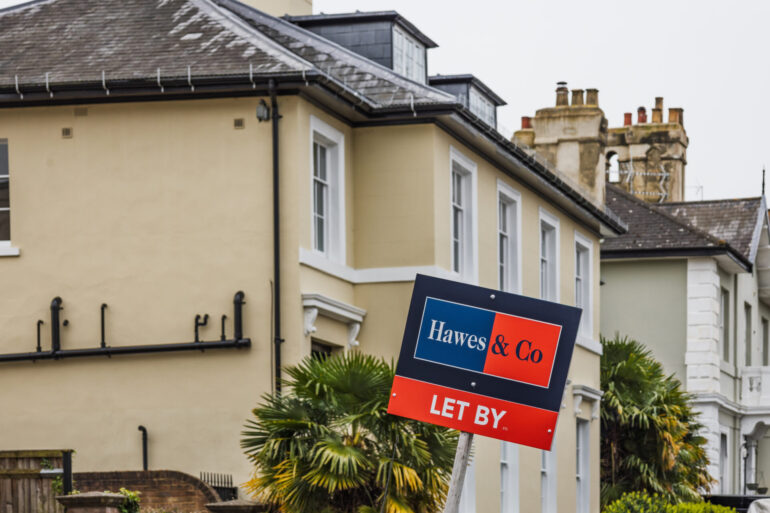Demand for rental properties remains 60% higher than pre-pandemic levels despite easing last year, and mortgage rates are stabilising.
UK Finance figures show 58,347 new buy-to-let loans were advanced in Q1 2025, worth £10.5bn, up 38.6% by number and 46.8% by value compared with the same quarter in 2024.
Against this backdrop, Pepper Money has analysed the buy-to-let landscape across 25 major UK cities, examining average property prices and rental costs to identify which locations offer the best investment potential.
Eight cities were found to deliver profits for landlords in the first year, led by Glasgow, where annual rents of more than £14,700 outweighed mortgage costs of just over £11,100, producing an ROI of £3,600.
Belfast followed with £2,856 and Aberdeen ranked third at £1,632. Portsmouth, Manchester, Newcastle, Southampton and Nottingham also offered positive first-year returns, albeit at lower levels.
The remaining 17 cities in the analysis were loss-making in year one, including London, where high property prices and mortgage costs left landlords an estimated £14,000 down.
However, Pepper Money noted that rising rents and stable mortgage rates meant most of these cities are forecast to become profitable within five years.
Over that period, 19 of the 25 cities studied are expected to deliver returns, with Glasgow and Belfast retaining their lead, while Portsmouth and Manchester climb ahead of Aberdeen due to stronger rental income.
Glasgow’s five-year ROI was calculated at almost £30,000, while Belfast delivered £24,805. Portsmouth was ranked third with a five-year ROI of £18,971, followed by Manchester at £16,607. Aberdeen rounded out the top five at £16,337.
Despite the positive projections, Pepper Money highlighted that landlords continue to face headwinds.
Research from Pegasus Insights found only 8% of landlords purchased a property last year, with many cautious about the potential impact of the Renter’s Rights Bill, as well as changes to insurance and capital gains tax.
Higher SDLT for second homes, larger deposit requirements, and ongoing repair and maintenance costs remain additional barriers, with landlords often advised to budget 1% of property value annually for upkeep.




